
In the vast world of botany, a select group of plants holds a unique distinction. They contain cannabinoids or other compounds that interact with the human body’s endocannabinoid system (ECS), much like cannabis and hemp. This article delves into the fascinating realm of these plants, exploring their properties, the compounds they contain, and how they interact with the ECS.
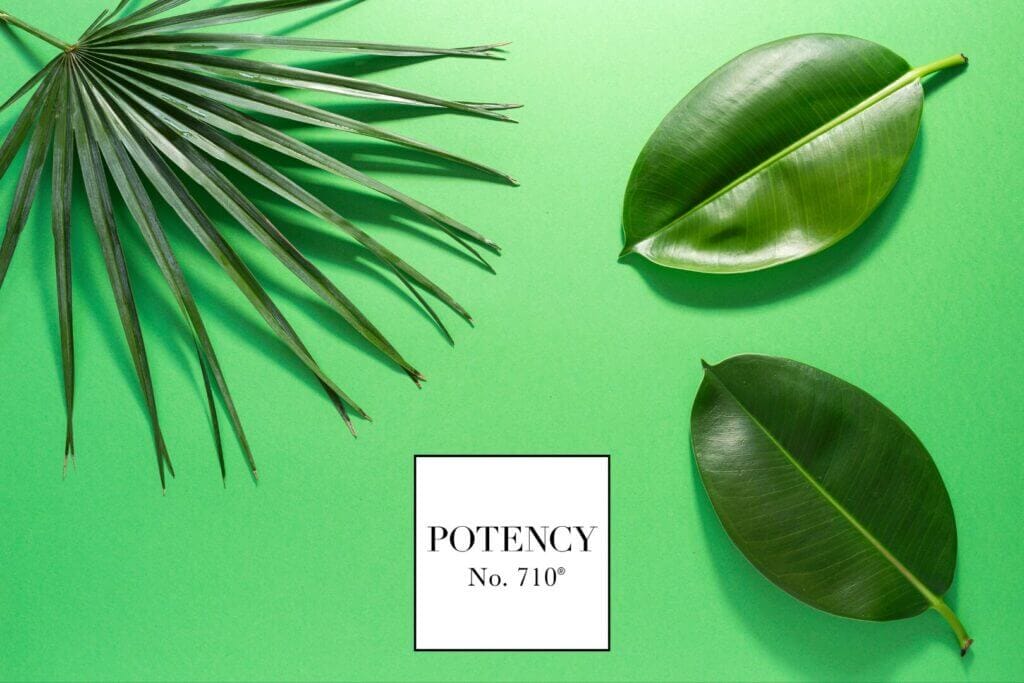
Cannabinoids are a class of compounds that interact with the ECS, a complex cell-signaling system in the human body. The ECS plays a crucial role in maintaining homeostasis, regulating a wide array of functions and processes including mood, sleep, appetite, memory, reproduction, and pain sensation.
The ECS comprises endocannabinoids (endogenous cannabinoids), receptors, and enzymes. The two key endocannabinoids are anandamide (AEA) and 2-arachidonoylglyerol (2-AG). These endocannabinoids interact with two main types of receptors: CB1 receptors, primarily located in the central nervous system, and CB2 receptors, found in peripheral organs and cells associated with the immune system.
The importance of nourishing the ECS cannot be overstated. A well-functioning ECS contributes to overall health and well-being. Interestingly, it’s not just cannabis and hemp that contain cannabinoids or compounds that interact with the ECS. A variety of other plants also contain such compounds, offering a botanical treasure trove for those interested in natural ways to support the ECS.
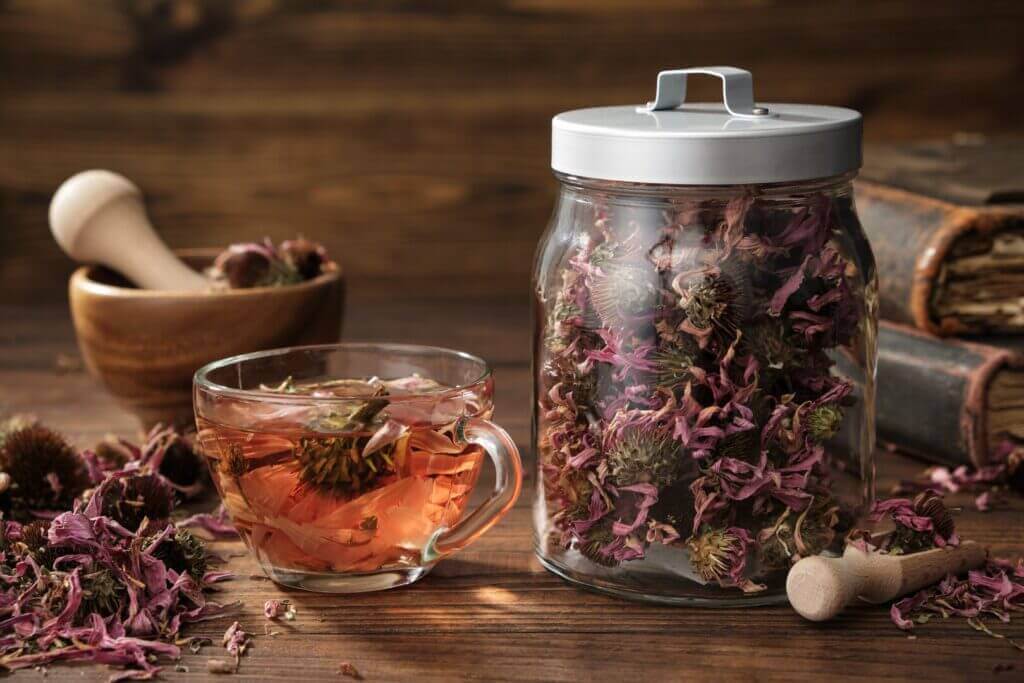
Echinacea, a botanical bouncer, is renowned for its immune-boosting powers, making it a popular choice for warding off colds. The secret to its efficacy lies in its compounds called N-alkylamides. These compounds have the ability to bind to CB2 receptors, which are primarily found in the immune system and play a crucial role in managing pain and inflammation. This interaction endows Echinacea with its anti-inflammatory properties, making it adept at calming inflamed situations in the body. Echinacea was first discovered by European explorers in the forests of southeastern North America during the 18th century.

Electric Daisy, also known as the ‘toothache plant,’ is nature’s own anesthetic. Its active compound, spilanthol, interacts with the CB2 receptor. This interaction is key to the plant’s pain-relieving effects, particularly in dental applications. The history of Electric Daisy is not well-documented, but it is widely known for its natural anesthetic properties.
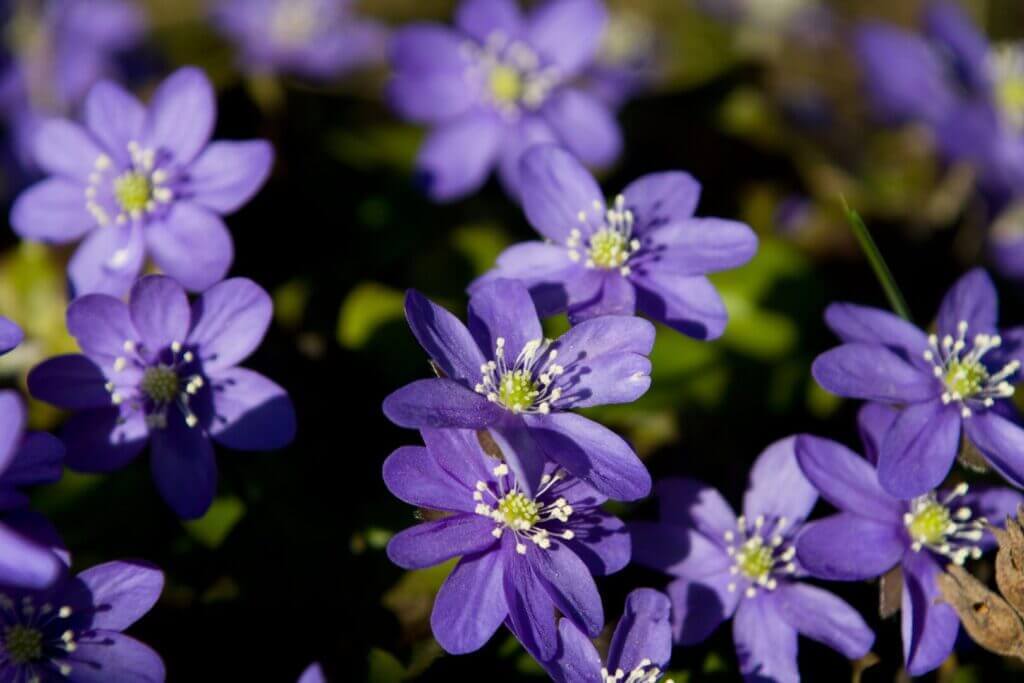
Liverwort, a mossy plant, contains a compound called perrottetinenic acid, which is structurally similar to THC. It interacts with the CB1 receptor, which is abundant in the brain, potentially modulating mood and soothing the body. Liverwort has been used since the 16th century as an aid to cure liver diseases.

The cacao plant is a treasure trove of compounds that inhibit the breakdown of anandamide, an endocannabinoid known as the “bliss molecule” due to its role in regulating mood and creating feelings of happiness. This inhibition results in that blissful feeling you get from a perfect square of dark chocolate. The history of chocolate dates back over 5,000 years. The cacao tree is native to the tropics of the Americas. The cocoa bean was first domesticated at least 5,300 years ago in what is present-day southeast Ecuador (Zamora-Chinchipe Province) by the Mayo-Chinchipe culture, before being introduced in Mesoamerica.
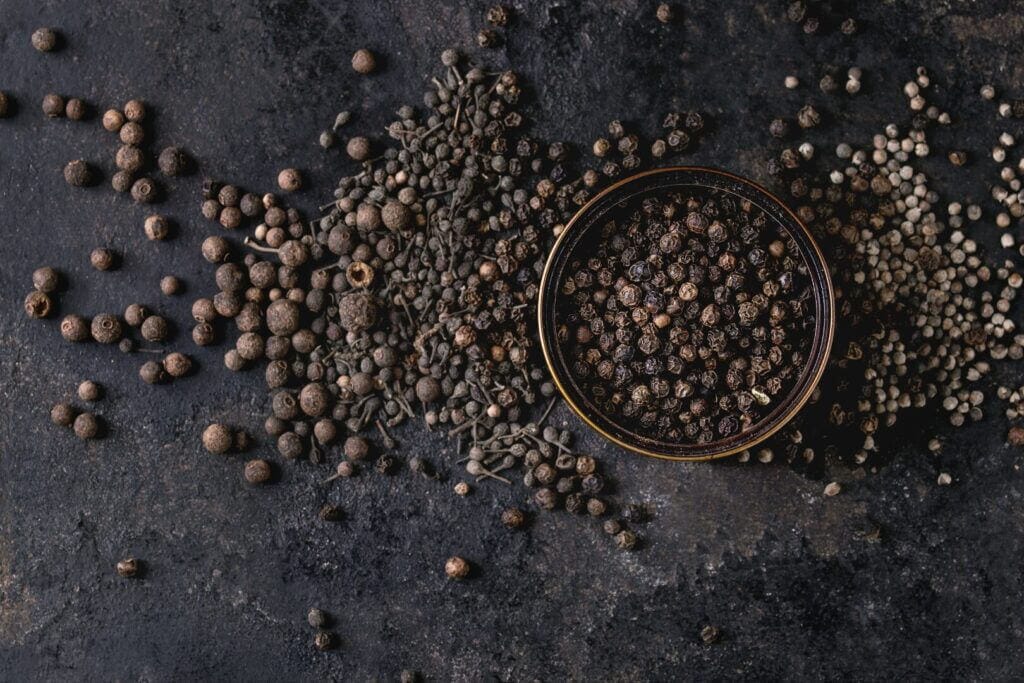
Black pepper contains beta-caryophyllene, a dietary cannabinoid that binds to CB2 receptors. This interaction contributes to black pepper’s potential therapeutic effects, such as reducing inflammation, and helping make you feel at ease. Black pepper originated in the Malabar region of India, where it was cultivated and traded for more than 2,000 years. It was highly prized during ancient times and was even used as currency.

Clove, like black pepper, contains high levels of beta-caryophyllene. This compound interacts with CB2 receptors and may help in reducing inflammation and providing comfort. Cloves were important in the earliest spice trade and are believed to be indigenous to the Moluccas, or Spice Islands, of Indonesia.
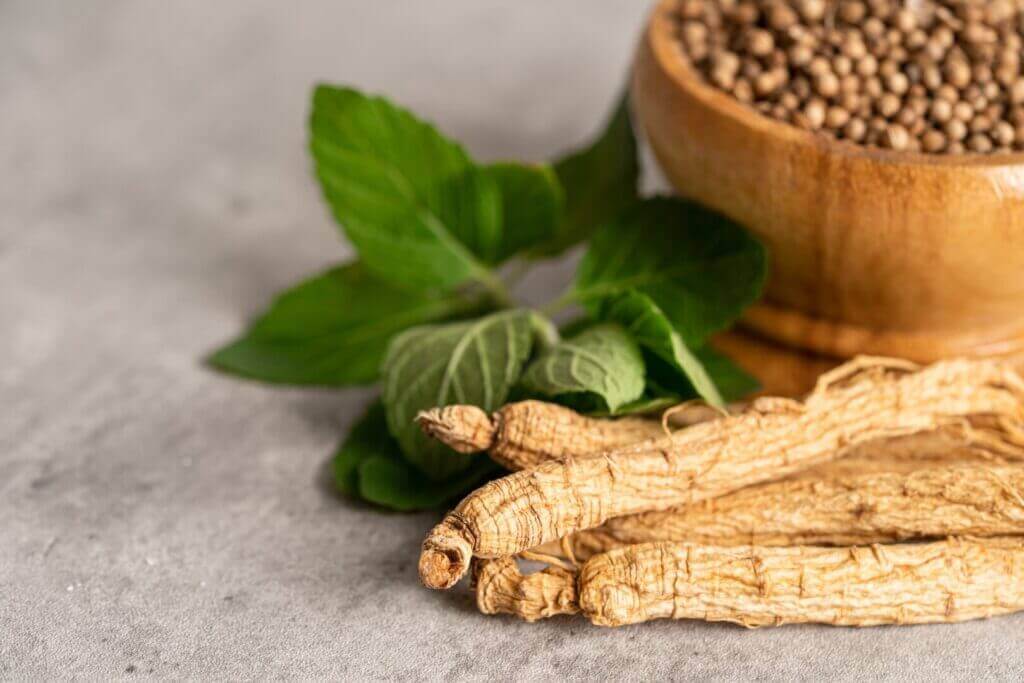
Ginseng contains compounds that may interact with both CB1 and CB2 receptors. These interactions could potentially affect a variety of physiological processes including energy levels, mood, and immune response. Ginseng has a sweetly aromatic flavour. Its root has long been regarded by the Chinese as a panacea for illness, though it was usually used by them in a preventive rather than a curative manner.

This South African plant, Helichrysum, produces compounds similar to cannabigerol (CBG). These compounds may interact with cannabinoid receptors and contribute to anti-inflammatory and mood-lifting effects. Historical uses and writings on helichrysum are minimal although it does appear to enjoy a history of traditional medicinal and culinary use in several cultures.
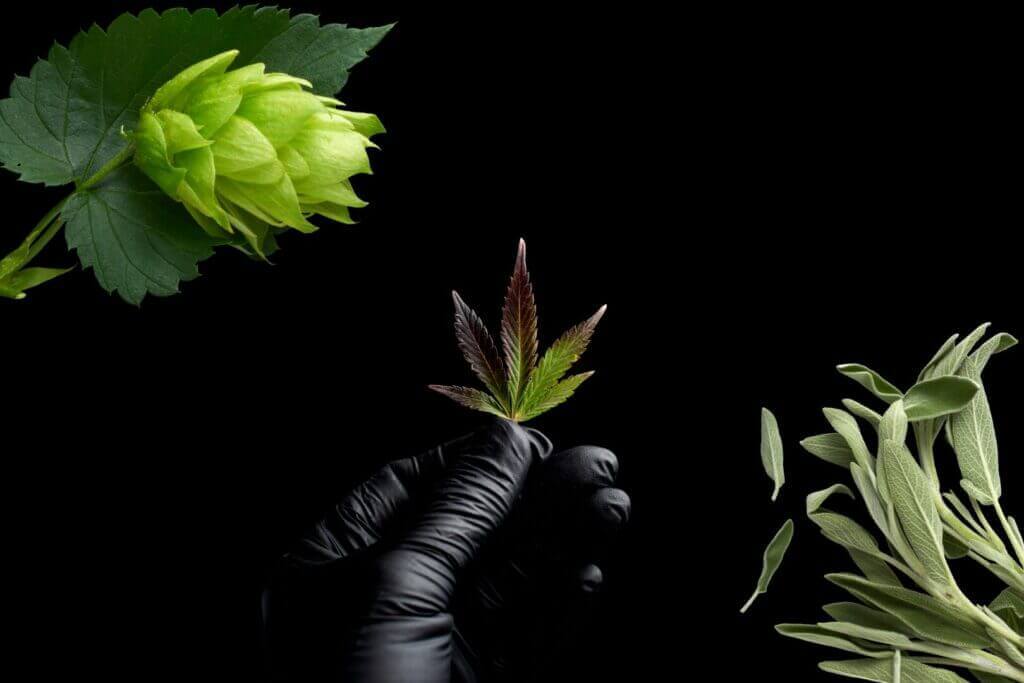
Beta-caryophyllene (BCP) is a dietary cannabinoid found in various plants, including black pepper and cloves. Unlike most other terpenes, BCP directly activates one of the two major receptors in the endocannabinoid system, the CB2 receptor. This interaction contributes to BCP’s potential therapeutic effects, such as reducing inflammation and helping to create a sense of ease.
BCP is recognized as a full selective functional agonist on CB2 receptors and produces therapeutic effects by activating CB2 and the nuclear receptors, peroxisome proliferator-activated receptors (PPARs). This powerful natural compound interacts with the body’s endocannabinoid system, targeting pain receptors and reducing inflammation.

One product that harnesses the benefits of BCP is the BCPlus Oral Liposomal Drops from Blair Medical Group. This is the first liquid liposomal beta-caryophyllene product available. Liposomal formulations contain the active BCP inside very tiny, fat-like particles that are easier for the body to absorb, allowing the BCP to get to the targeted area of the body much faster. This product helps block inflammatory processes and helps mitigate pain, stress disorders, diabetes, and high cholesterol.
The exploration of plants beyond cannabis and hemp that interact with the ECS opens up a new frontier in our understanding of health and well-being. These plants, each with their unique compounds and effects, underscore the intricate ways nature can support human health. As we continue to discover and understand these botanical wonders, we are reminded of the importance of preserving and respecting the biodiversity on our planet.